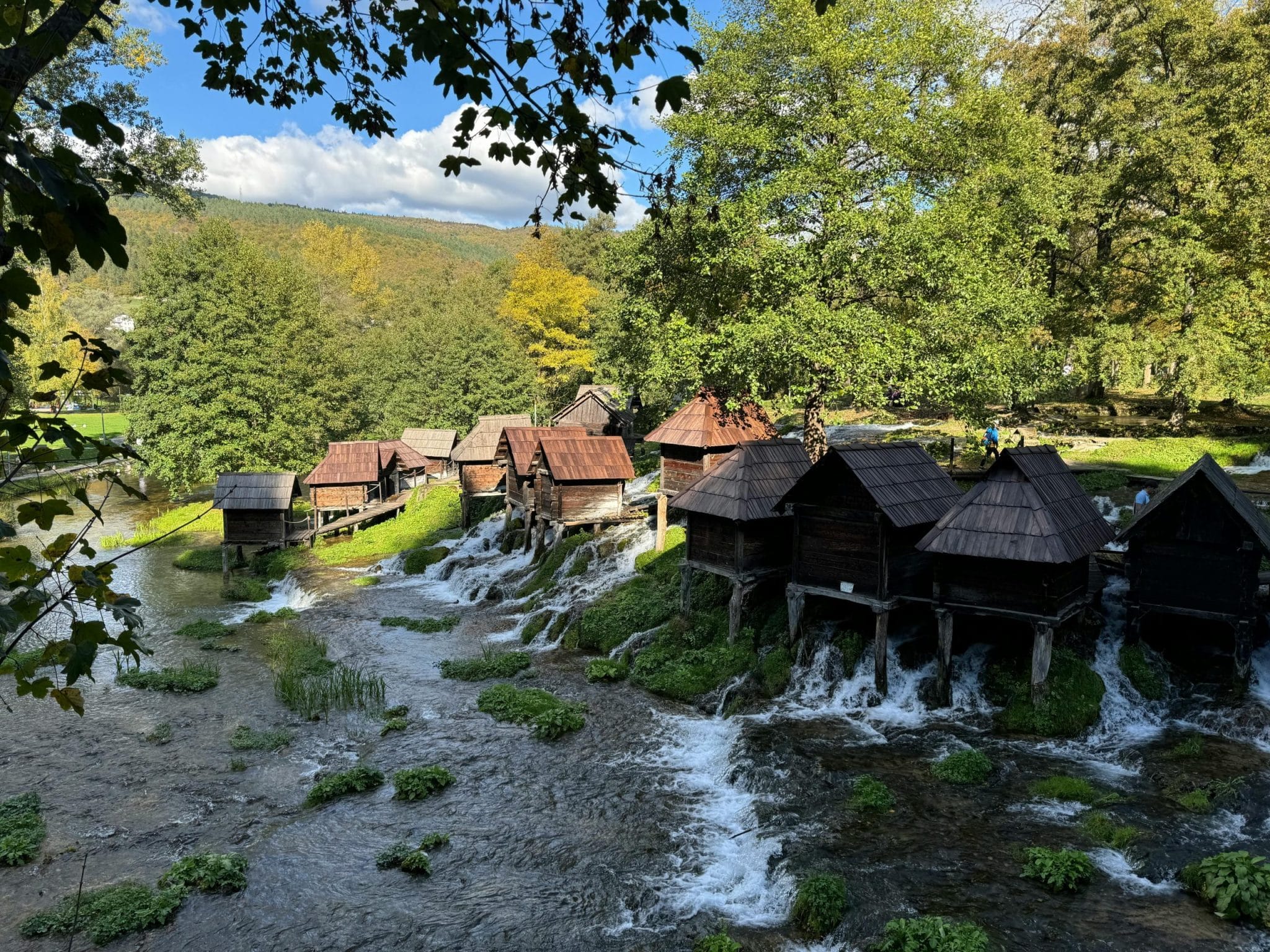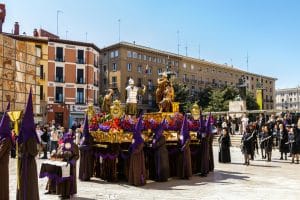Cultural Heritage Sites With Living Traditions
Cultural heritage sites are not just about the ancient ruins and historical artifacts that are carefully preserved for future generations. They also encompass the living traditions and customs that are passed down from one generation to the next. These traditions are not just a part of the past, but they continue to thrive in the present and shape the culture of a community. In this article, we will take a closer look at some of the most fascinating cultural heritage sites around the world that are still alive with living traditions.
The Importance of Living Traditions in Cultural Heritage Sites
When we think of cultural heritage sites, we often imagine ancient temples, tombs, and ruins that offer a glimpse into the past. However, these sites are not mere static structures, but they hold deep significance and value for the people who continue to practice their customs and traditions within and around these sites. It is through living traditions that the intangible aspects of cultural heritage, such as folklore, music, dance, and rituals, are preserved and passed down through generations.
The Intangible Cultural Heritage List by UNESCO
In 2003, UNESCO launched the Intangible Cultural Heritage List, recognizing the importance of safeguarding intangible culture. This list encompasses living traditions, customs, and practices that are considered an essential part of a community’s cultural heritage. The list contains over 500 items, including oral traditions, performing arts, social practices, and traditional craftsmanship.
The Living Traditions of Cultural Heritage Sites
Now, let’s take a journey around the world and explore some of the cultural heritage sites that are alive with living traditions:
Easter Island, Chile
Known for its mysterious Moai statues, Easter Island is a remote island in the Pacific Ocean that offers a fascinating insight into the Polynesian culture. The living traditions of the Rapa Nui people are evident in their unique customs, language, and art. The annual Tapati Rapa Nui festival, where the island’s clans compete in traditional sports and cultural performances, is a prime example of the living traditions that are kept alive on this island.
The Great Wall of China, China
This ancient 13,000-mile-long defensive structure is not just a marvel of engineering but also a witness to China’s rich history and culture. The Great Wall is a symbol of China’s unity and strength, and to this day, it continues to be a source of great pride for the Chinese people. The traditional Dragon Dance and brightly colored dragon-shaped kites are just a few examples of the living traditions that are associated with this magnificent structure.
Stonehenge, England
One of the most famous cultural heritage sites in the world, Stonehenge is a prehistoric monument that holds immense historical, spiritual, and cultural importance. This ancient site has a long history of rituals and ceremonies, with the summer solstice celebrations being one of the most popular events. Today, visitors can still witness the traditional Druid rituals and annual festivities that take place around the site.
Machu Picchu, Peru
Machu Picchu, the lost city of the Incas, is an iconic cultural heritage site that continues to amaze travelers with its remarkable architecture and breathtaking views. But beyond its stunning beauty, this site also has living traditions that offer a glimpse into the Incan culture. The Andean music and dance performances by local Quechua communities are a highlight for visitors and a way to keep their cultural heritage alive.
Preserving Living Traditions for Future Generations
While cultural heritage sites with living traditions hold great value and significance, they are also under threat of disappearing due to various factors such as modernization and globalization. It is crucial to preserve these traditions not just for their historical and cultural importance but also to maintain the identity and heritage of a community.
Organizations like UNESCO and local governments have taken steps to safeguard these living traditions through various initiatives and projects. Additionally, responsible tourism that respects and supports local communities and their customs can also contribute to the preservation of living traditions.
Conclusion
Cultural heritage sites with living traditions offer a unique and authentic experience for visitors, allowing them to not only witness the past but also be a part of the present. These living traditions are a testament to the resilience and strength of a community’s culture and should be cherished and preserved for future generations to come.











